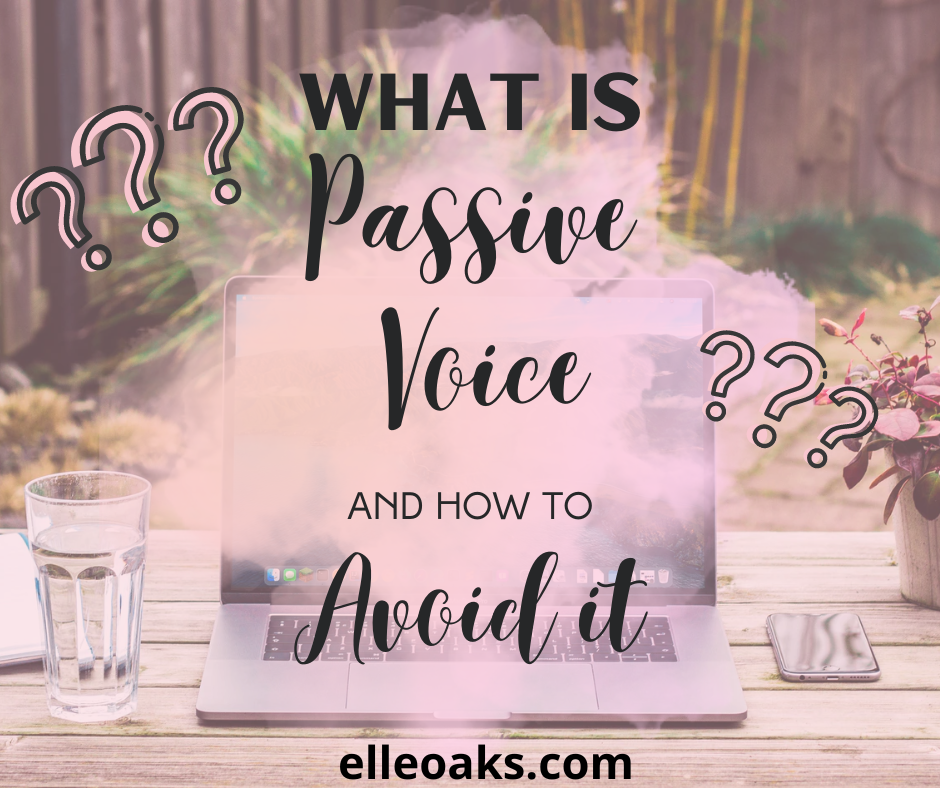Many writers and editors stress the importance of avoiding passive voice in your novel, but what is it? Today we’ll explore the answer to this question and ways to avoid it!

If you partake in any discourse on social media or have google searched ways to become a better writer (check out my blog post on it here!), then you have probably heard the saying “Show Don’t Tell.” Quoted time and time again by writers, this rule is always going to make the list for writing advice. But what does it mean?
Authors quote “Show don’t tell” when there are common occurrences of passive voice in writing. Passive voice is any sentence constructed with the subject not performing an action. The verb applies to the object and not the subject, therefore making the sentence passive rather than active. If you want more grammatical specifics, please review your past grammar workbooks from school or google for a better definition. We’re going to focus on the basis of the complaint as applied in writing fiction.
Words like was, were, is, are, and will be are all commonly found where there is passive voice. These words remove a person from the action, preventing the reader from immersion.
For example:
Hannah was being attacked by the dragon.
This is passive voice as the verb “attack” applies to what the dragon is doing, not what Hannah is doing.
To take the sentence from passive to active voice, one needs to rearrange the sentence.
The dragon attacked Hannah.
Understandably you sighed there, as this will lower your word count. But with these changes, your book will sound lightyears better. And passive voice doesn’t always affect word count, as you can always spice up the sentence with further description now that the reader is diving into the scene with us.
But sometimes things get tricky. What about the cases in which there isn’t always an object?
Example:
Hannah was angry.
This is passive because there isn’t an action present here. We, the reader, are simply being told how Hannah felt.
If we want to make this sentence active and apply the “Show don’t tell” method, we can do the following:
Hannah threw the Monopoly board to the floor and flipped the table.
It’s no longer passive because she is performing an action. Also, rather than telling the reader Hannah is angry, we are showing them.
In this instance, we’ve added words and have arguably enhanced the scene.
When it comes to expressing feelings and emotions, it can be easy to tell the audience what the character is feeling. But showing through action is going to make your writing leaps and bounds better.
Is all passive voice bad? No. Sometimes you’ll find the flow is better when the sentence is passive.
Is active voice better than passive voice? Absolutely.
Now that you know what passive voice is, you can work through actively making your story better.
Did I miss something? Let me know in the comments below what you think is the most important question in crafting fantasy worlds!
We all know the number one trick to better writing is to keep reading! If you’re looking for your next read, check out our list of books by clicking here!

Like this post? Share on your socials!
Questions or ideas about future posts? Contact us on our form! Click here.

